7 Tips & Tricks for Painting Kitchen Cabinets in Omaha, NE
January 16th, 2020
7 min read
By Bill Carlson
-2.png?width=800&height=418&name=Blog%20Post%20Image%20Size%20(10)-2.png)
The kitchen is one of the most essential rooms in any house, and within it, the cabinets play a crucial role in maintaining order. While it isn't necessary to have painted kitchen cabinets, aesthetically, it is more pleasing to have cabinets that are either painted or stained.
When it comes time to paint your kitchen cabinets, or re-paint them as needed — since repainting is more cost-effective than replacing them entirely — you want to ensure you do it correctly.
At Brush & Roll Painting in Omaha, NE, we have painted cabinets since 1996. We have found a thorough process and the right products that provides our customers with durable, long-lasting results.
In this article, we will go over 7 tips and tricks for painting kitchen cabinets that we have found useful over our 27+ years of experience. By reading this article, you can search for a painter that does these key methods in their process. If you are painting your own cabinets, you can implement these, so that you can get the best results possible.
7 Tips and Tricks for Painting Kitchen Cabinets
1. Remove Doors And Hardware Prior To Painting
It sounds counter-intuitive — pun not intended — that you would have to remove the kitchen cabinet doors prior to painting them — shouldn't you just be able to paint the doors while they are hanging on the cabinets? After all, it seems like it would save time and effort to simply paint them in place, right?
However, the answer might surprise you, and that is that you absolutely should not try to paint the cabinet doors while they are still attached to the cabinets. Painting them while they are still hanging can lead to uneven paint application, drips, and missed spots that are difficult to reach. Additionally, it can be challenging to control the paint flow and avoid getting paint on the surrounding areas, such as the cabinet frames and countertops.
The most efficient way to ensure that your kitchen cabinet doors are fully painted is to entirely remove them from the cabinets before you begin the painting process. By doing so, you can lay the doors flat, which allows for a smoother and more even application of paint.
This method also gives you the opportunity to thoroughly clean, sand, and prime the doors, ensuring that the paint adheres properly and lasts longer. Removing the doors makes it easier to paint the edges and corners, which are often neglected when painting in place. Taking the time to remove the doors and paint them separately will ultimately result in a more professional and polished finish, making your kitchen look its best.
2. Make Sure Everything Is Properly Labeled
Now that you know that you are going to remove all the kitchen cabinet doors and the related hardware prior to beginning painting, how are you going to keep track of it all and make sure you put it all back exactly where you removed it?
You might think all the doors to the cabinets are more or less the same and you can just put them back wherever, but this is not the case at all.
The best way to make sure you put everything back exactly where you got it is to label everything in some meaningful manner and to put the smaller bits of hardware in some kind of storage containers so that nothing gets lost.
The easiest way to label everything, is to assign it a number. Take a piece of tape and place it on the door or drawer and its corresponding place on the cabinet box. On the piece of tape, you can assign it a letter or number. Keep in mind any areas where you have upper and lower cabinets so you don't get confused.

3. Don't Forget To Remove All The Grease!
When you go to get your cabinets ready for painting, the first thing you should know to do is to clean them thoroughly. This step is crucial because any dirt, grime, or grease left on the surface can interfere with the paint's ability to adhere properly, leading to a less durable and less attractive finish.
What a lot of people don't realize is that part of the cleaning process includes removing the grease — and people don't even realize that there's grease on their cabinets. Grease can accumulate over time from cooking activities, even if you can't see it. It can create a slick surface that prevents paint from sticking, resulting in a patchy and uneven appearance.
Think about it -- when you're cooking, grease will inevitably get in your kitchen and this includes your kitchen cabinets. Every time you fry food, sauté vegetables, or even boil water, tiny particles of grease and steam are released into the air. These particles eventually settle on various surfaces, including your cabinets, creating a thin, often invisible layer of grease.
There are special cleaners that properly remove grease from surfaces -- use one of these to remove the grease from your kitchen cabinets and then wash off with water, letting everything dry prior to beginning the painting process. These cleaners are specifically formulated to break down and dissolve grease, ensuring that your cabinets are completely clean.
This extra step will ensure that your paint adheres well and provides a smooth, long-lasting finish. Taking the time to thoroughly clean and degrease your cabinets will pay off in the long run, giving you beautifully painted cabinets that enhance the overall look of your kitchen.
There is a huge difference when it comes to painting your kitchen cabinet doors in painting them flat versus painting them upright. When you paint your kitchen cabinet doors while they are flat, you allow gravity to work in your favor, ensuring that the paint spreads out evenly across the surface without the risk of drips or runs. This method also makes it easier to apply multiple coats of paint, as each layer can dry uniformly, resulting in a smoother and more professional finish. Additionally, painting the doors flat gives you better control over the paint application, allowing you to reach all the nooks and crannies without the hassle of paint pooling in certain areas. On the other hand, painting the doors while they are upright can lead to uneven paint distribution, with gravity causing the paint to drip downwards, creating unsightly streaks and an overall less polished appearance. Therefore, for the best results and a flawless finish, always opt to paint your kitchen cabinet doors while they are lying flat.4. Sand Before Priming
Before you even start applying that first layer of primer paint, you will need to sand the surface of the kitchen cabinet doors and the kitchen cabinets themselves. Sanding is a crucial step in the painting process because it helps to create a smooth and even surface, which allows the primer and paint to adhere better.
This step involves using sandpaper or a sanding block to gently roughen up the surface, removing any existing finish, dirt, or imperfections that could interfere with the paint's ability to stick.
Though it is a step that many people skip while painting their kitchen cabinets, you cannot possibly compare the quality of a paint job that has been done after sanding versus one that has been done without sanding. Skipping this step can result in a paint job that looks uneven, with paint that may peel or chip off more easily over time. Sanding ensures that the paint will have a solid foundation to cling to, leading to a more durable and professional-looking finish.
Remember to make sure to wipe down the surfaces afterward to remove any dust or debris. This extra effort will pay off in the long run, giving you beautifully painted kitchen cabinets that will stand the test of time.
5. Protect Everything Not Being Painted
It should probably go without saying that when you paint anything anywhere, there's going to be a mess that will be made in the form of paint that drips from the brushes as well as paint that drips when you are trying to get it out of the can. This mess can be quite frustrating and can lead to unnecessary cleanup time if not properly managed. Paint splatters can land on your floors, countertops, appliances, and even on other cabinets that you don't intend to paint.
These splatters can be difficult to remove once they dry, and they can ruin the appearance of your kitchen if not addressed promptly.
The best thing you can do for yourself to make sure that paint only goes exactly where you want it is to cover absolutely everything that is not going to get painted with some kind of protecting shield, be it a drop cloth or special paper that rolls out and covers your kitchen counters.
Drop cloths are typically made of canvas or plastic and can be draped over large areas to catch any stray paint. Special painter's tape can also be used to mask off edges and corners, ensuring clean lines and preventing paint from seeping onto surfaces you want to keep clean.
Additionally, consider using plastic sheeting to cover appliances and furniture, and don't forget to protect the floor with rosin paper or a similar material. Taking these precautions will save you a lot of time and effort in the long run, allowing you to focus on achieving a beautiful, professional-looking paint job without the worry of accidental spills and splatters.

6. Sometimes Spray Application Is Better
There are plenty of cases where you will have a perfectly good time painting your kitchen cabinets with brushes and brush rollers. These traditional tools allow for precise control and are particularly useful for detailed work, such as painting the edges and corners of cabinet doors. Brushes and rollers are also readily available and easy to use, making them a popular choice for many DIY enthusiasts.
However, this being the case, you can sometimes have an easier time using a paint sprayer to paint your kitchen cabinets. Paint sprayers can cover large surfaces quickly and evenly, reducing the time and effort required for the job. They are especially beneficial when you want a smooth, factory-like finish without brush strokes or roller marks. Paint sprayers can also reach into tight spaces and intricate designs that might be challenging to paint with a brush or roller.
If your kitchen cabinet doors have any recesses, however, then the spray application absolutely will not be your friend and you are better off with a combination of brushes and brush rollers. Recessed areas can cause the paint to pool and create an uneven finish when using a sprayer.
In such cases, starting with a brush to get into the nooks and crannies and then using a roller for the flat surfaces can provide the best results. This hybrid approach ensures that you achieve a smooth and even coat of paint across all areas of your cabinets, making them look professionally done.
7. Paint Kitchen Cabinet Doors Flat, Not Upright
There is a huge difference when it comes to painting your kitchen cabinet doors in painting them flat versus painting them upright. When you paint your kitchen cabinet doors while they are flat, you allow gravity to work in your favor, ensuring that the paint spreads out evenly across the surface without the risk of drips or runs.
This method also makes it easier to apply multiple coats of paint, as each layer can dry uniformly, resulting in a smoother and more professional finish. Additionally, painting the doors flat gives you better control over the paint application, allowing you to reach all the nooks and crannies without the hassle of paint pooling in certain areas.
On the other hand, painting the doors while they are upright can lead to uneven paint distribution, with gravity causing the paint to drip downwards, creating unsightly streaks and an overall less polished appearance. Therefore, for the best results and a flawless finish, always opt to paint your kitchen cabinet doors while they are lying flat.
Painting Your Kitchen Cabinets
Painting your kitchen cabinets can be a rewarding DIY project if done correctly. By following these expert tips, you can ensure a professional and long-lasting result that enhances the beauty of your kitchen.
If you would rather hire a professional to help you with painting your cabinets in Omaha, NE, our team at Brush & Roll Painting can help. We have an extensive prep work process and use a 2k poly for our painting process.
To get started with us, press the get a quote button below or call us at 402-932-9764 for more details.
Whether you're planning to tackle the cabinet painting project yourself or hire a professional painter in Omaha, having a detailed checklist can make all the difference. Our cabinet painting project checklist ensures you don't miss any crucial steps, from preparation to the final coat.
Download your checklist today to streamline your project, avoid costly mistakes, and achieve a flawless, professional finish that will make your kitchen shine.
Bill is the owner and operator of Brush & Roll Painting. Bill Carlson is a second-generation painter. He grew up working with his father’s painting and restoration company. After graduating from Bennington High School, he served in the US Navy, traveling with the boxing team. While this was a great opportunity to see the world, it also made him realize how much he loved his little world here in Nebraska. He settled back into the painting industry, working with his brother. It wasn’t long before Bill’s entrepreneurial spirit pushed him to start his own business. Always one for a challenge, he longed to prove to himself that he could be as successful on his own as both his dad and brother were.
Topics:










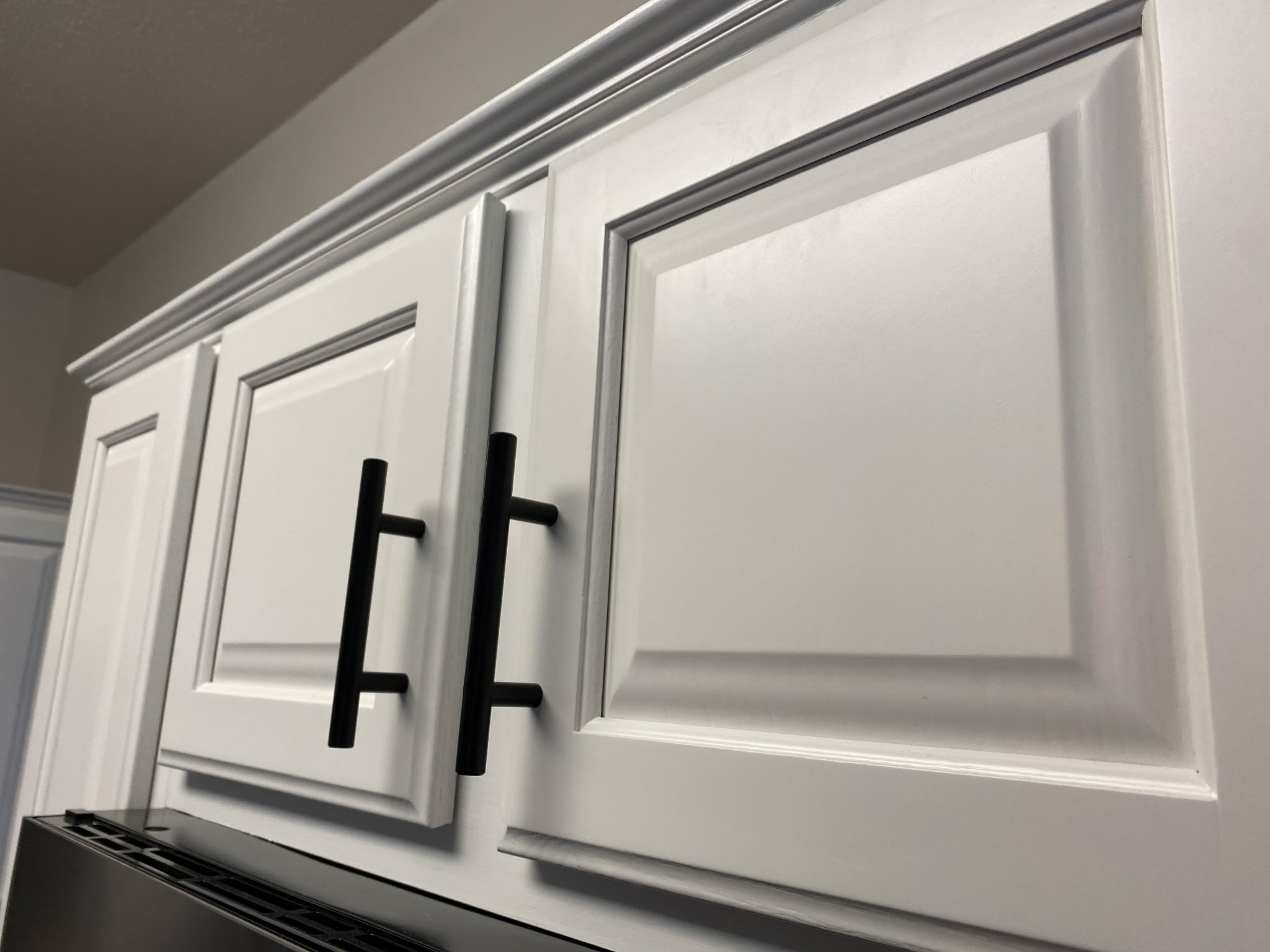

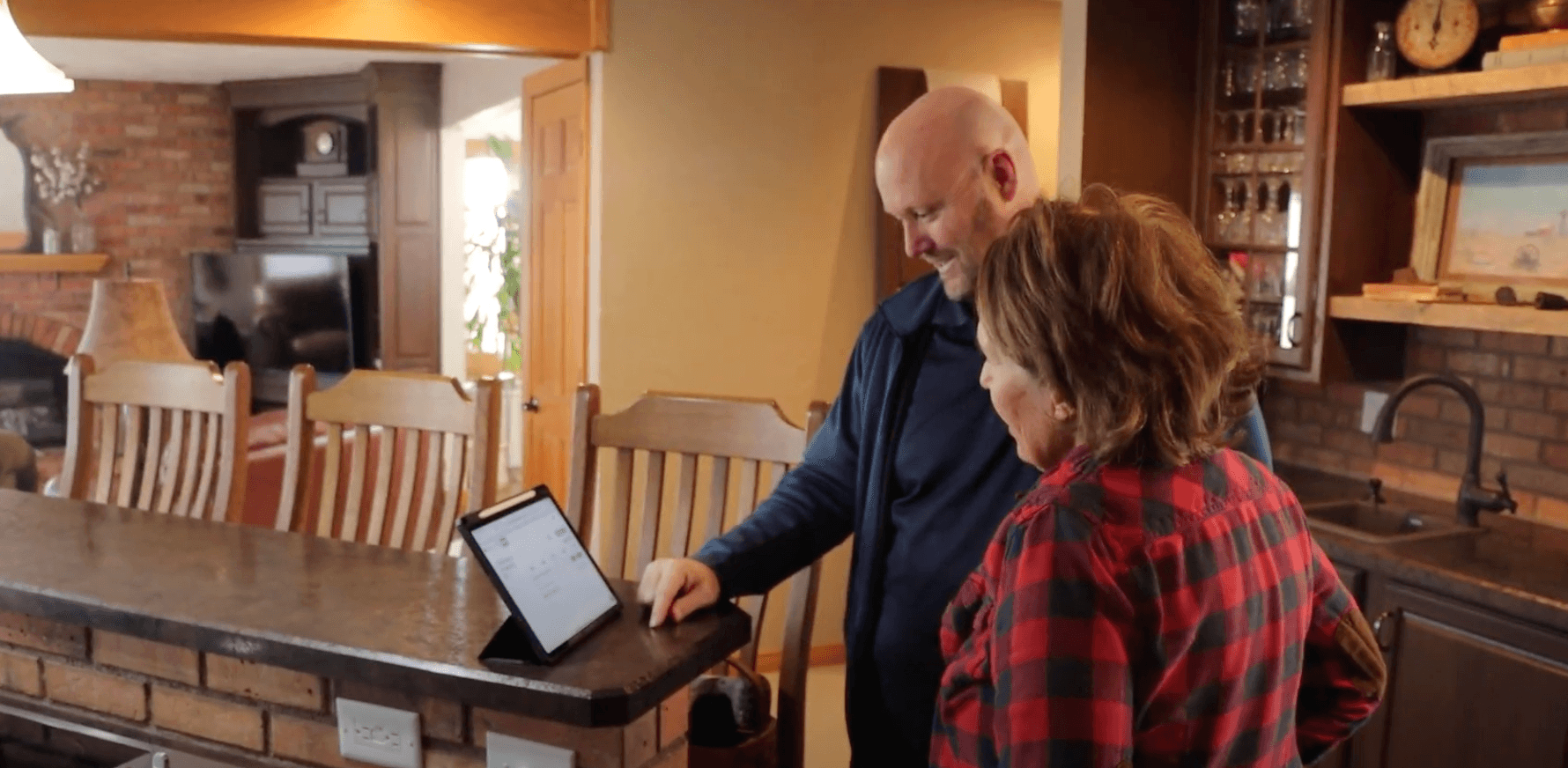

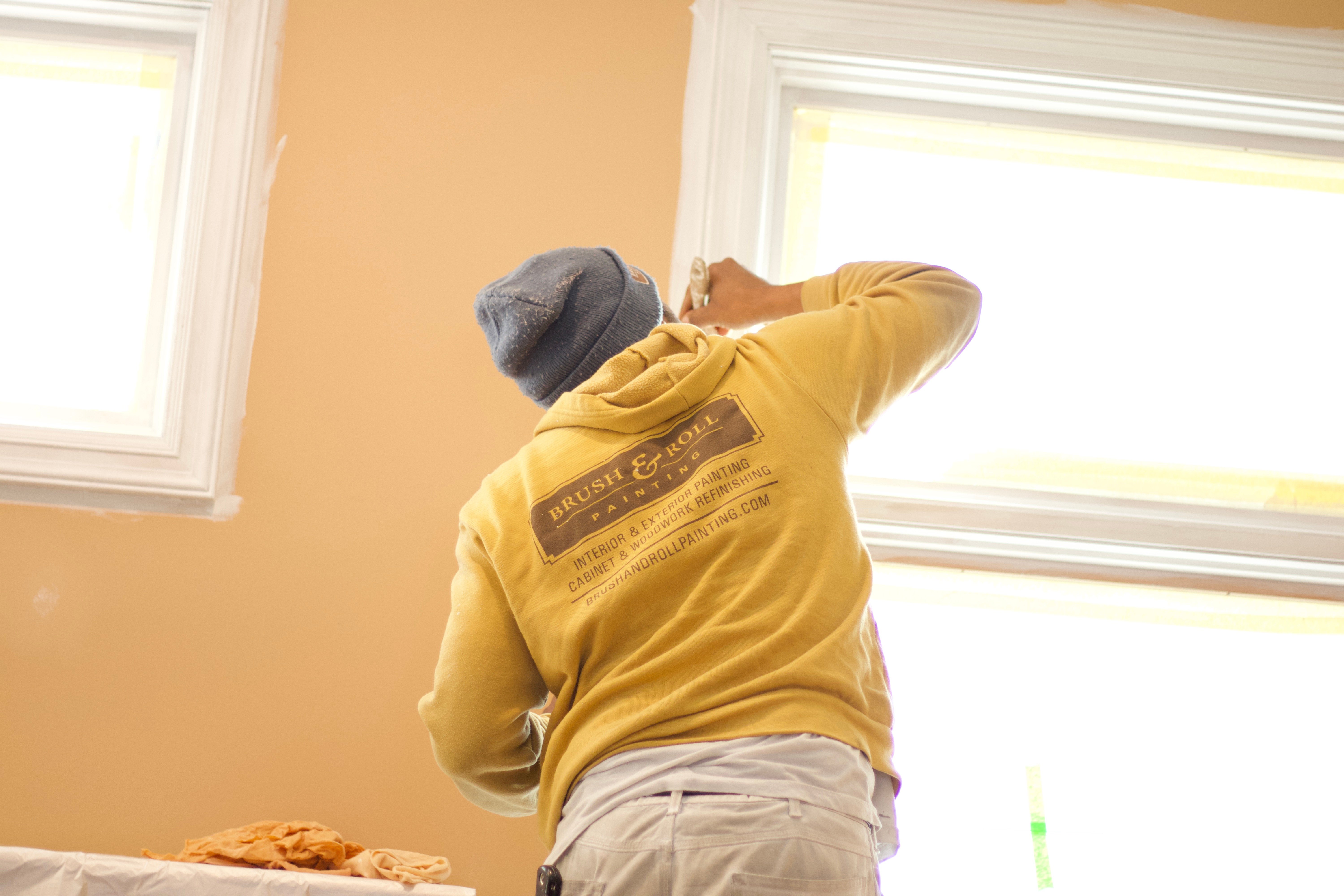
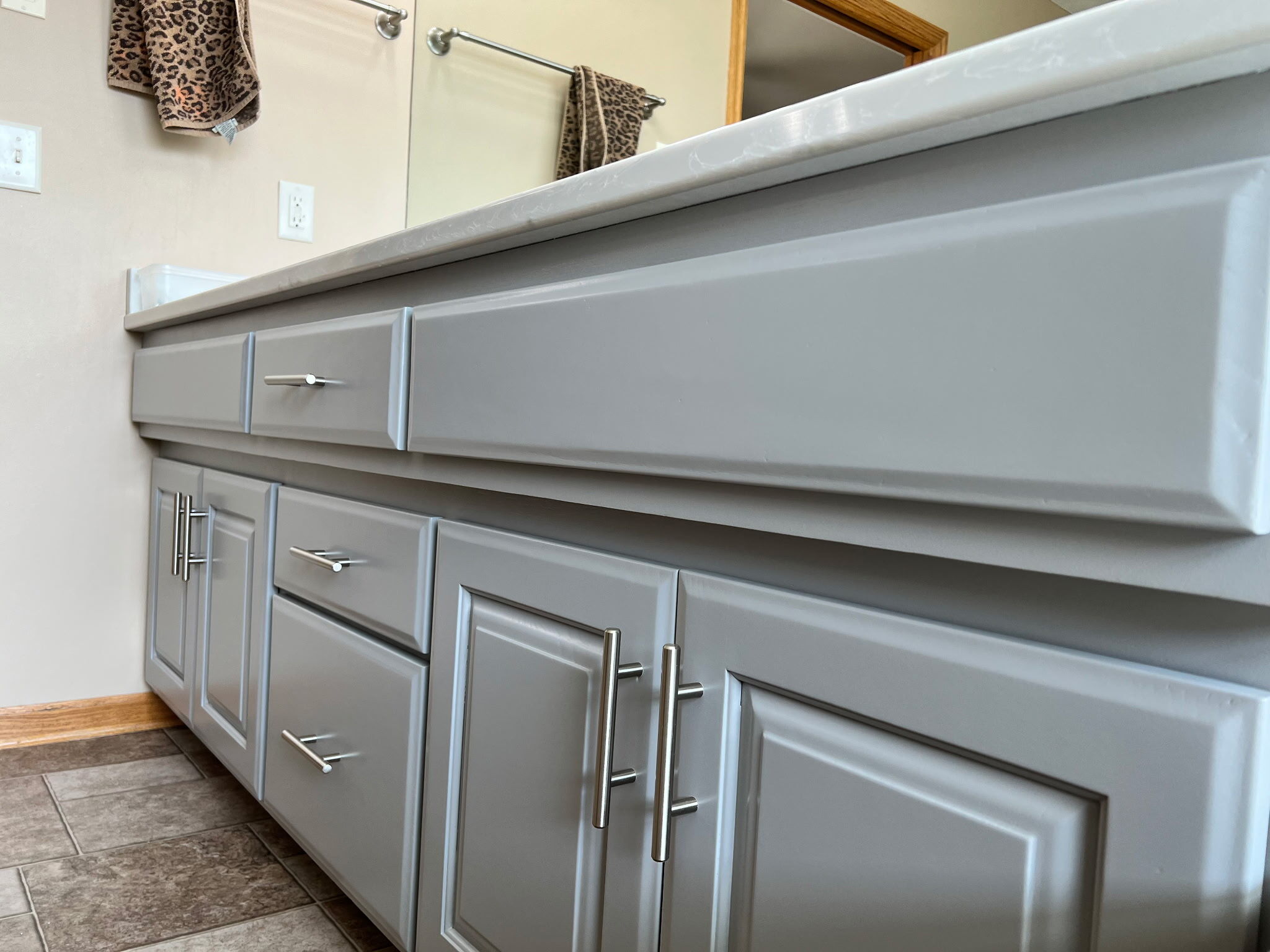
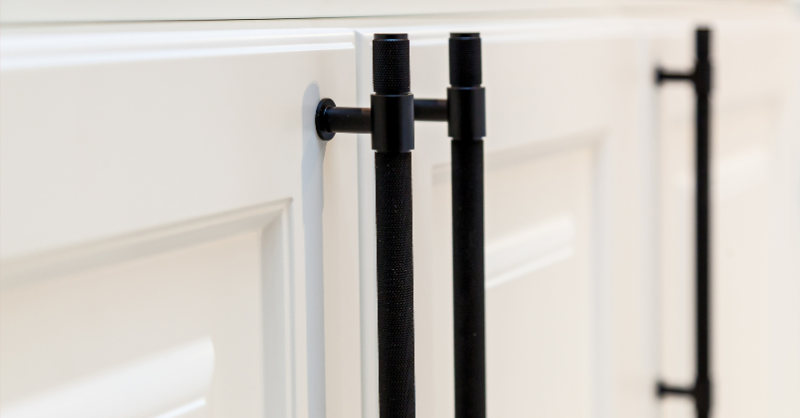
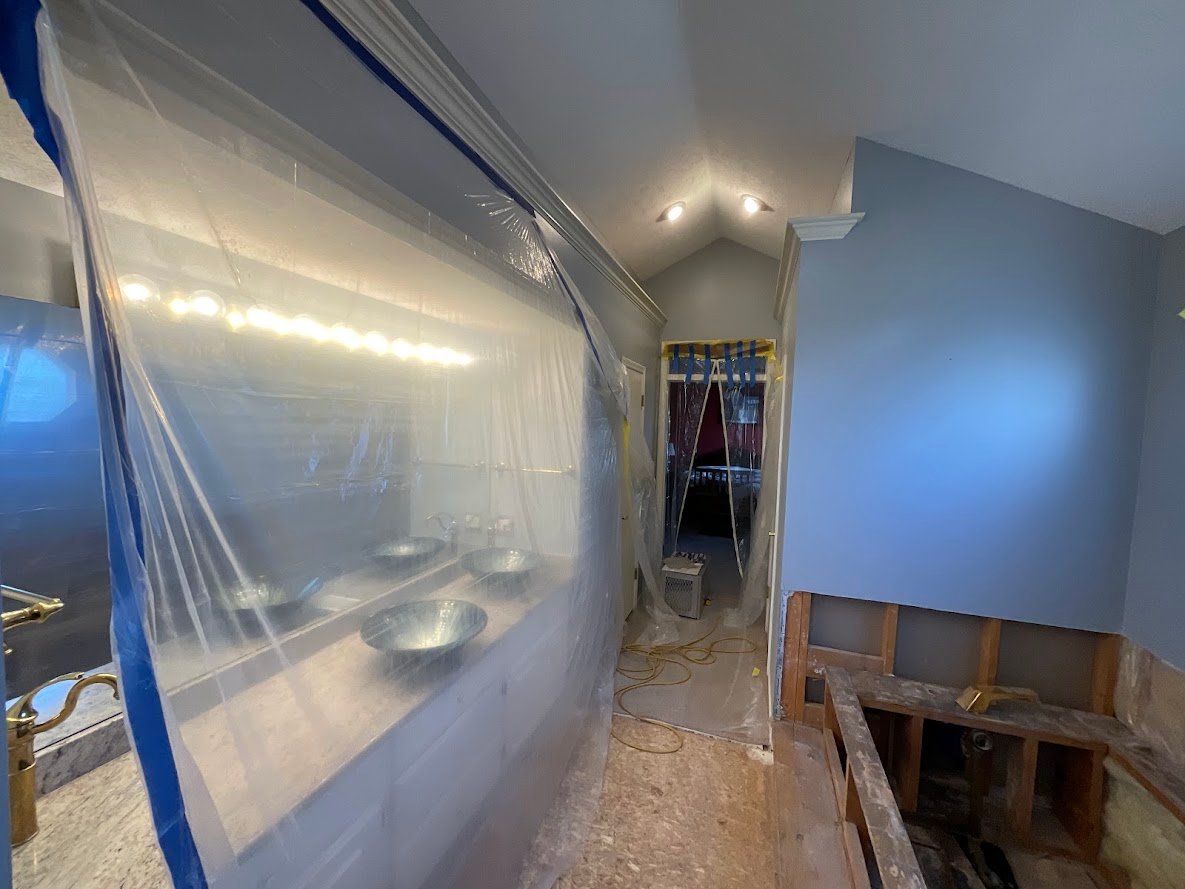
-Apr-28-2025-01-42-42-0336-PM.png?width=800&height=418&name=Blog%20Post%20Image%20Size%20(4)-Apr-28-2025-01-42-42-0336-PM.png)
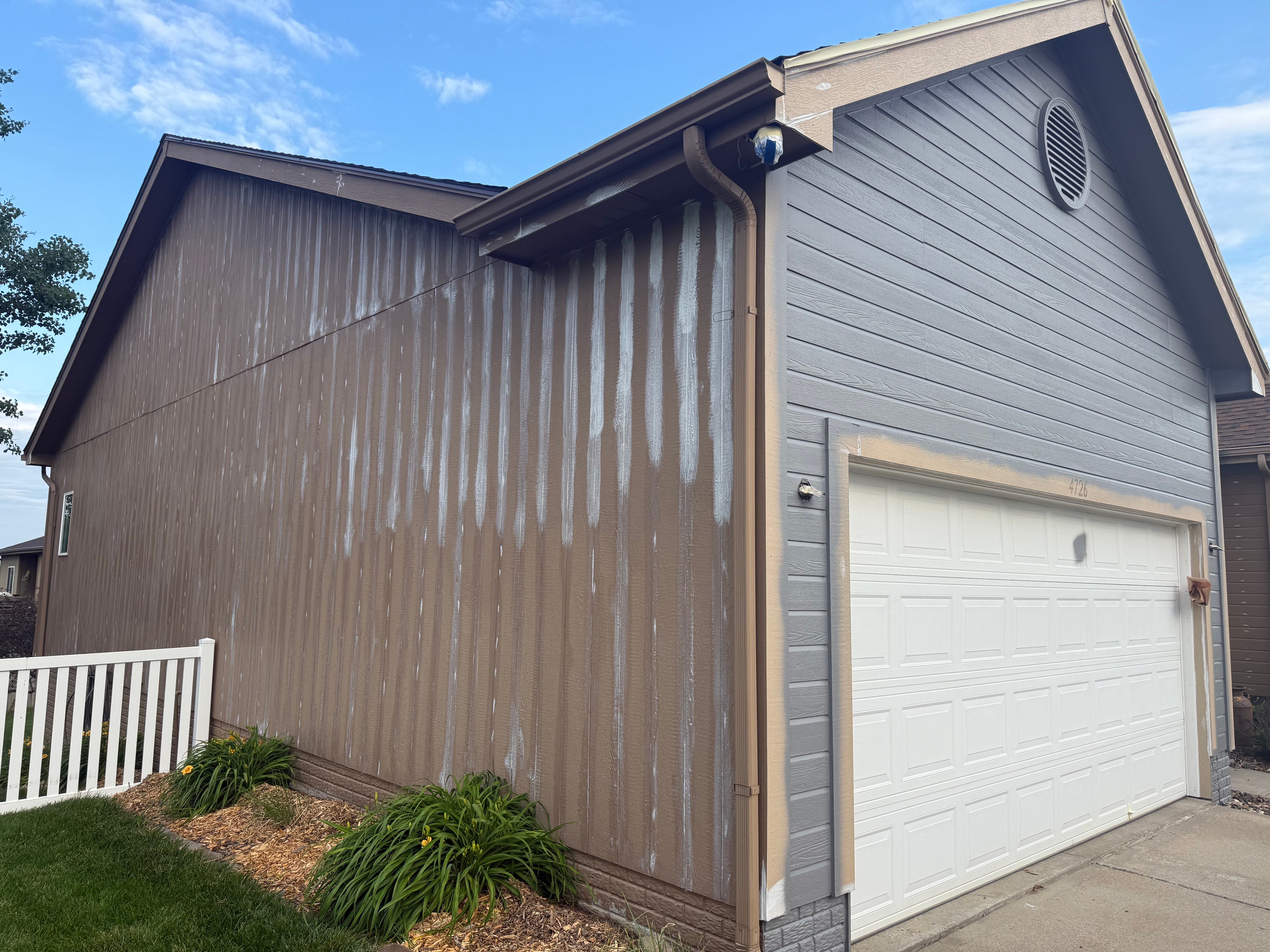
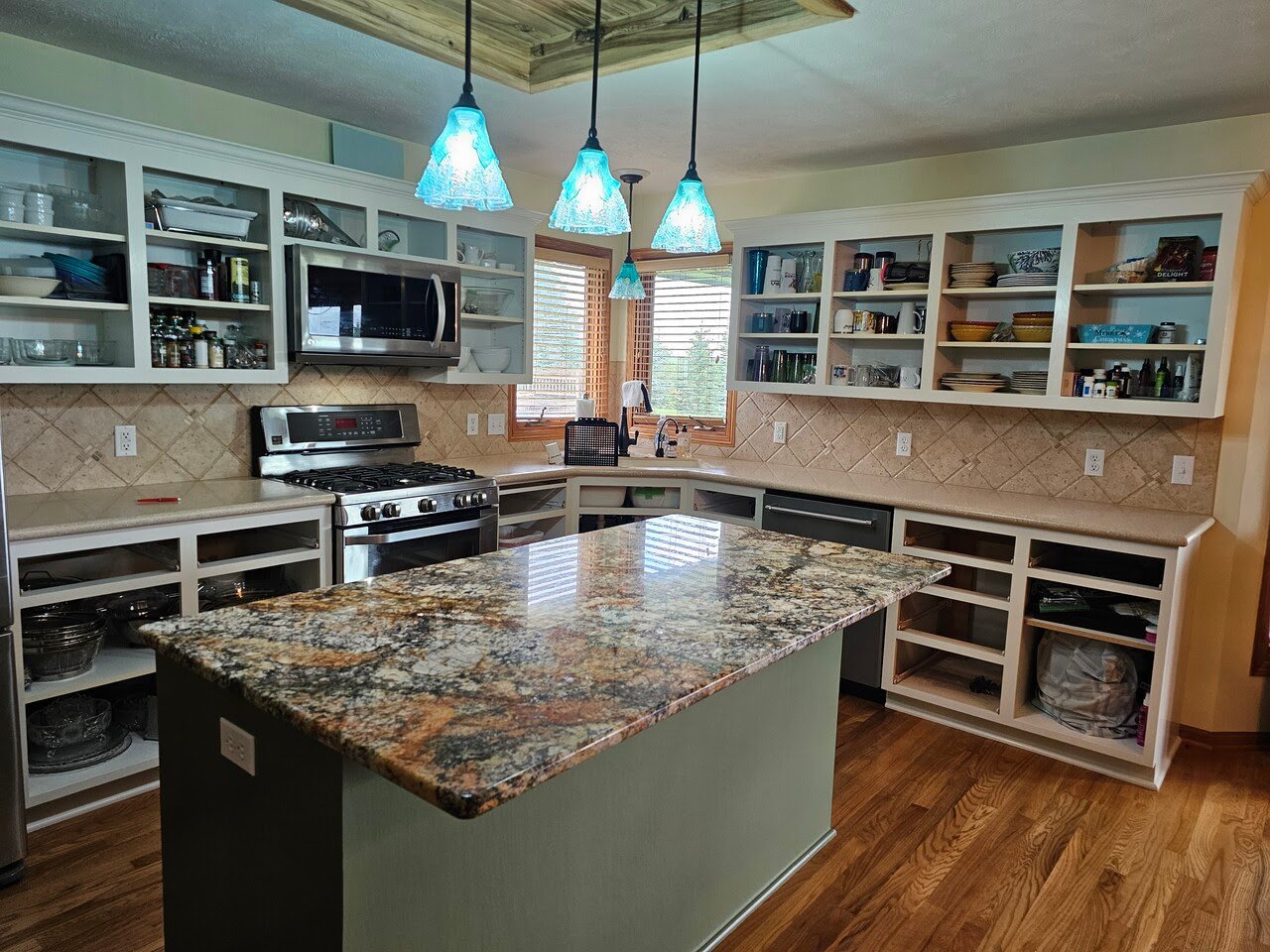
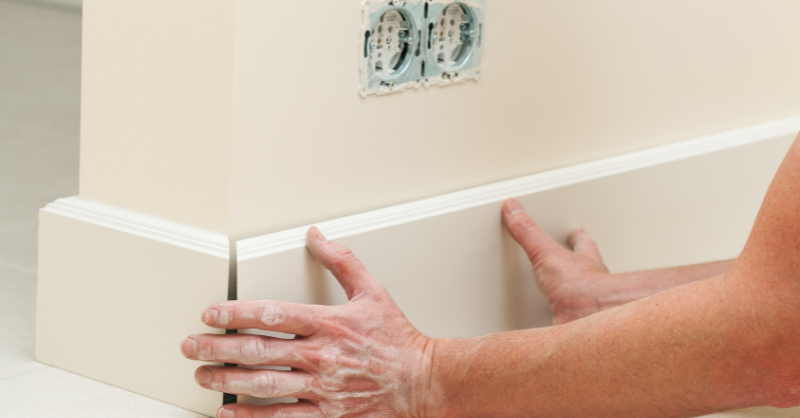
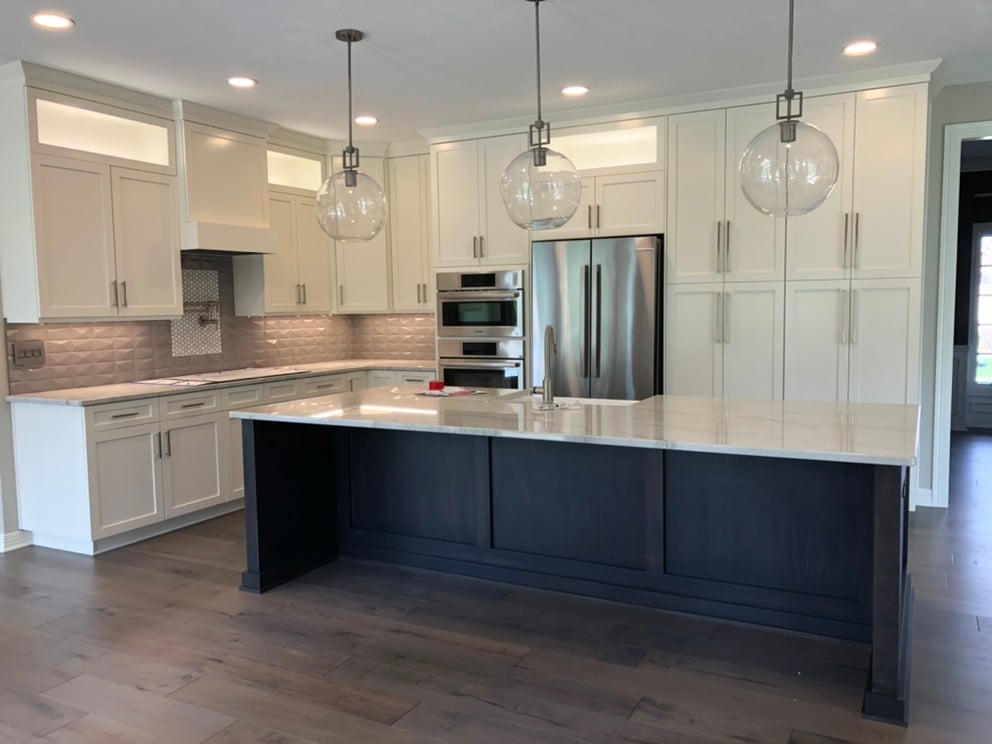
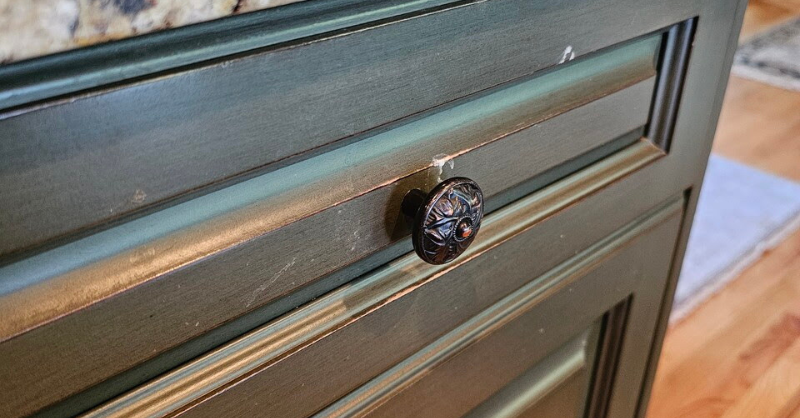
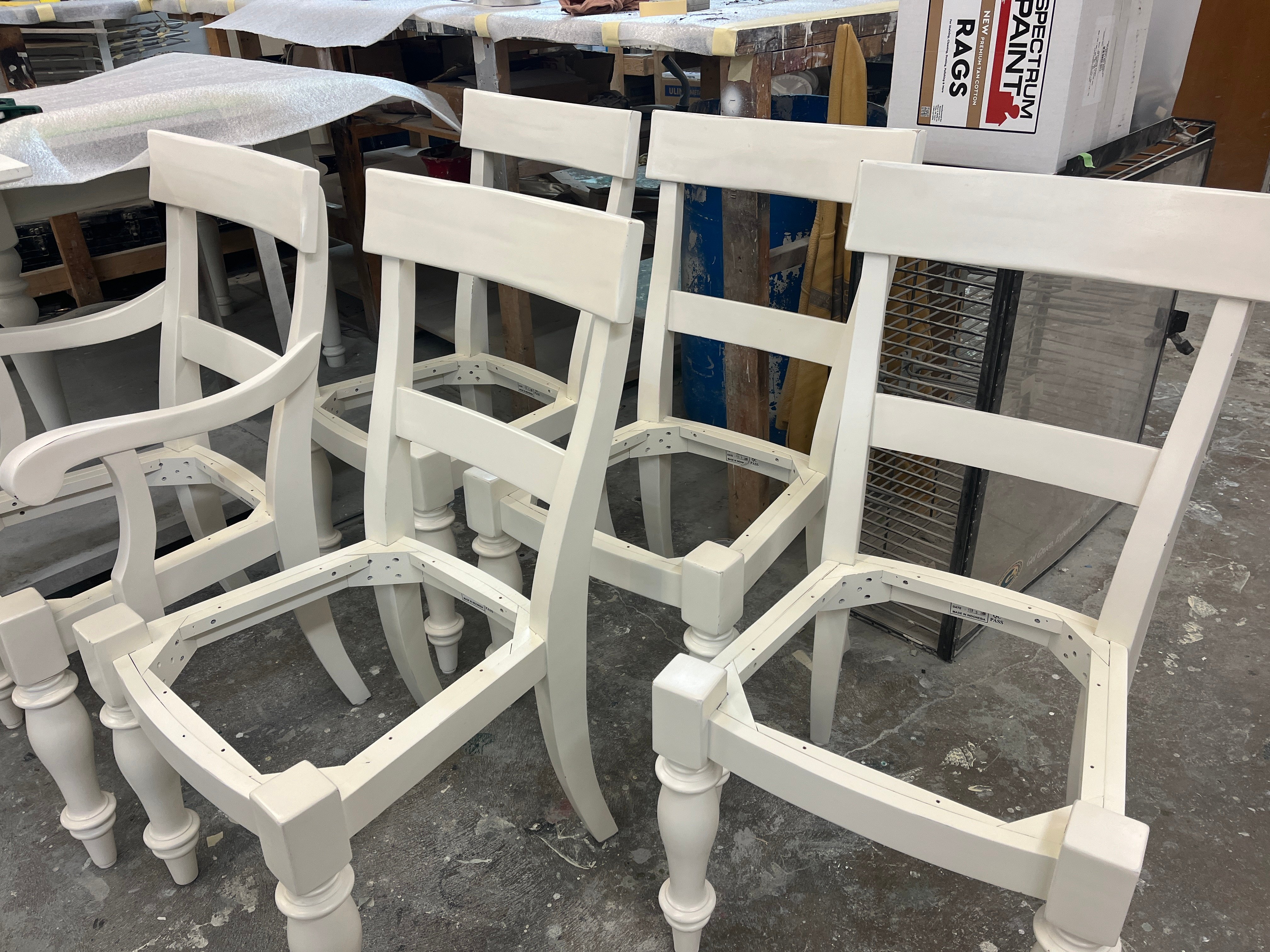
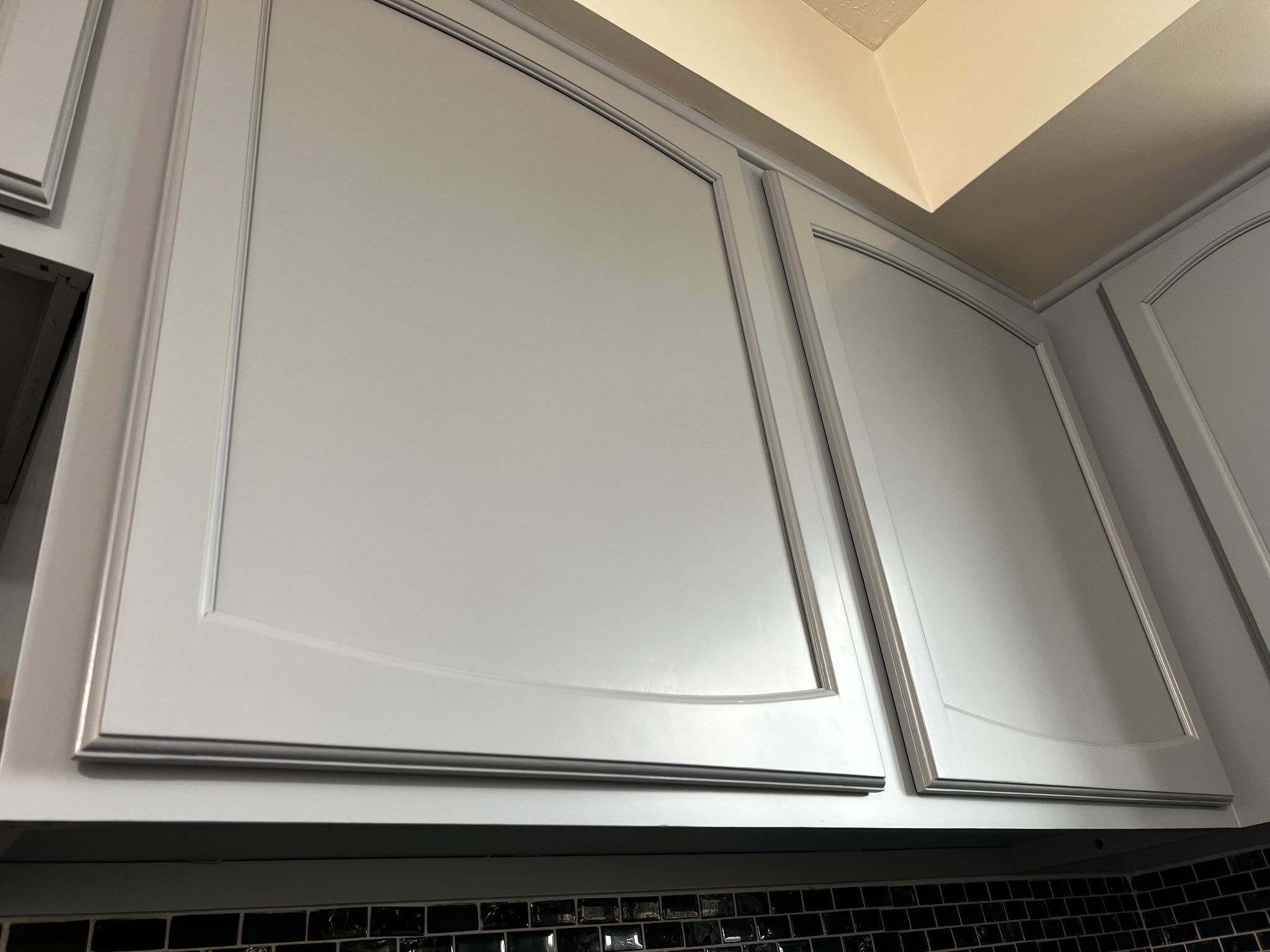
-Jul-03-2025-01-33-31-8507-PM.png?width=800&height=418&name=Blog%20Post%20Image%20Size%20(1)-Jul-03-2025-01-33-31-8507-PM.png)